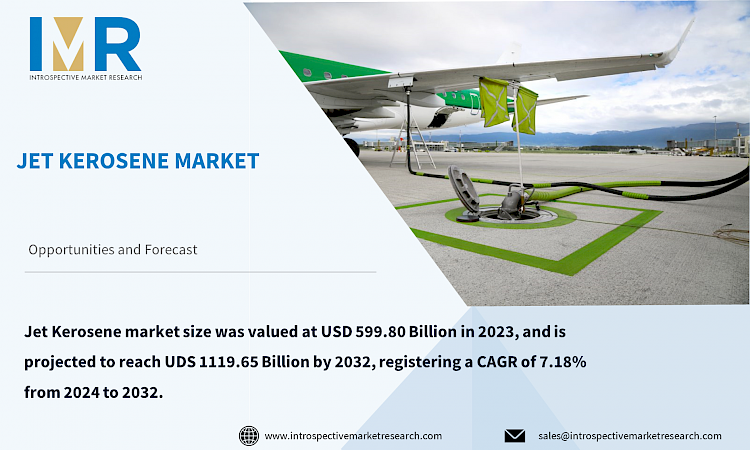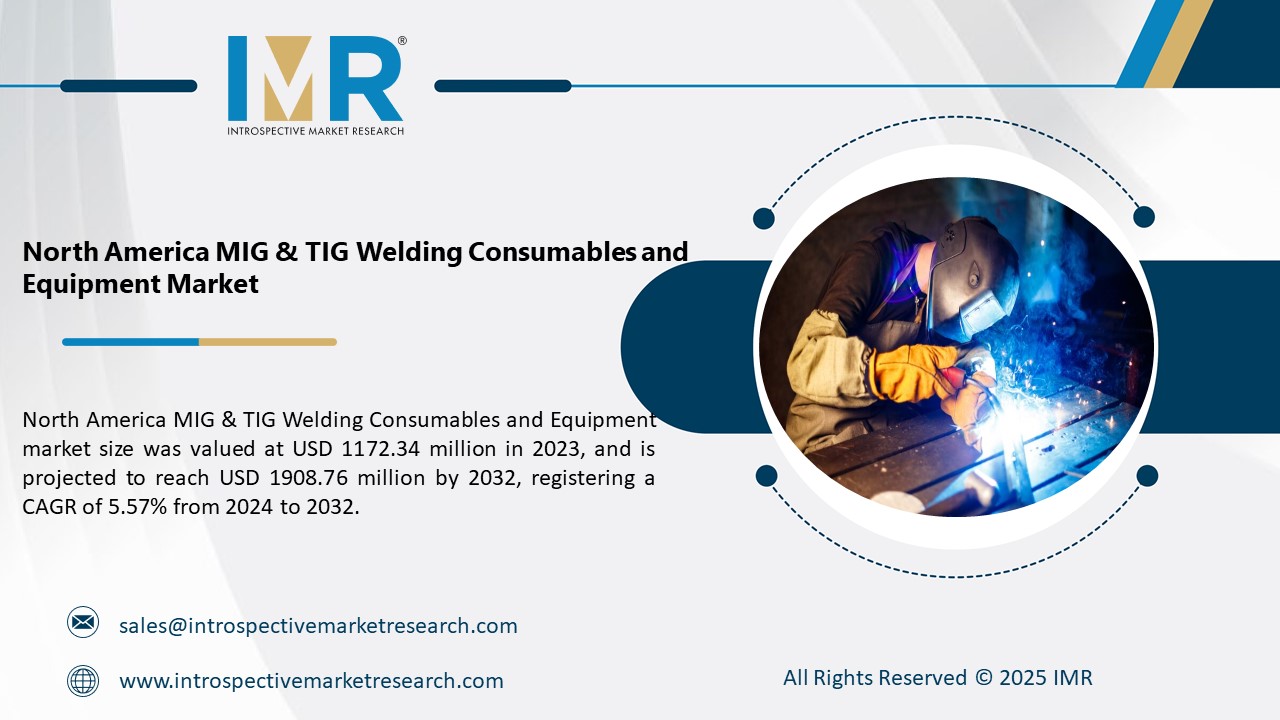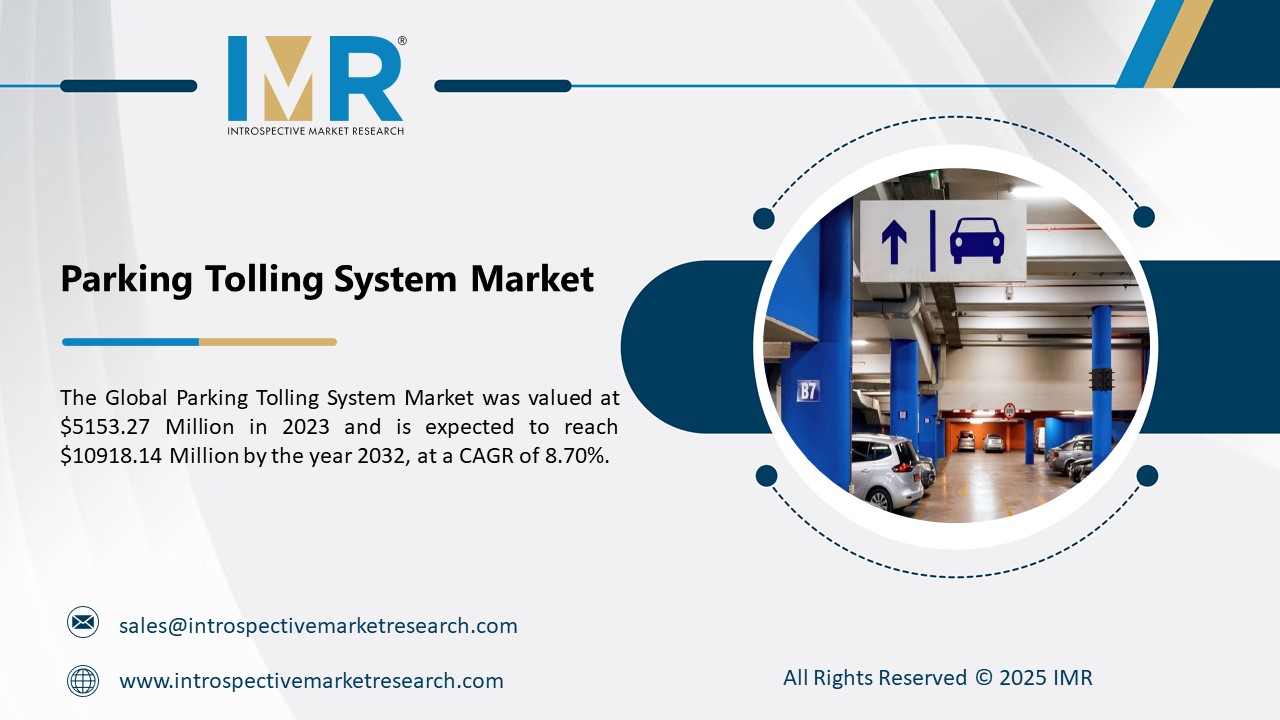Jet Kerosene Market Overview:
According to a new report published by Introspective Market Research,“Jet Kerosene Market by Type, Application and Region: Global Opportunity Analysis and Industry Forecast, 2024–2032,”
The global Jet Kerosene market size was valued at USD 599.80 Billion in 2023, and is projected to reach UDS 1119.65 Billion by 2032, registering a CAGR of 7.18% from 2024 to 2032.
Jet kerosene, also known as aviation turbine fuel, is formulated for gas-turbine engine-powered aircraft and typically appears colourless to straw coloured. Jet A and Jet A-1 are the most frequently utilized fuels in commercial aviation, meeting standardized international specifications. Another commonly used jet fuel in civilian turbine-engine aviation is Jet B, favoured for its superior cold-weather performance.
The jet kerosene market is regulated by national governments and international bodies, which establish standards concerning fuel quality, safety, emissions, and environmental adherence. These regulations impact both fuel manufacturing and aviation activities. Jet kerosene has a high energy content, which is essential for providing the power needed to propel aircraft at high speeds and altitudes.
The escalating income levels in developing nations have spurred a surge in travel expenditures, with consumers increasingly favouring air travel due to its time-saving attributes and luxurious comfort. This trend has significantly bolstered the growth trajectory of the global jet kerosene market. Moreover, the aviation sector has introduced new initiatives, making air travel more accessible and affordable for passengers.
The demand for jet kerosene is intrinsically linked to the demand for air travel. As the global economy expands and more individuals travel for business, leisure, and other purposes, the need for jet fuel surges. Economic advancement, especially in emerging markets, prompts a rise in air travel as people possess greater disposable income for flight expenses. Nations undergoing rapid industrialization and urban development often witness a corresponding uptick in air travel demand, consequently propelling the jet kerosene market forward.
The increasing emphasis on environmental sustainability creates openings for the advancement and acceptance of sustainable aviation fuels (SAF). SAF, sourced from renewable origins such as biomass, waste oils, and synthetic processes, offer significant potential for slashing greenhouse gas emissions in aviation. Committing to research, development, and infrastructure for SAF creation presents firms with opportunities to leverage the growing demand for more environmentally friendly aviation solutions.
Key advancements include the utilization of sustainable aviation fuels (SAF) to curb carbon emissions, investments in advanced refining techniques to enhance fuel efficiency, and strategic collaborations aimed at accelerating the aviation industry's transition to alternative fuels. These evolving trends reflect a deliberate effort to mitigate environmental impacts without compromising the sustainability and reliability of aviation fuel.
Global Jet Kerosene Market, Segmentation
The Jet Kerosene Market is Segmented on The Basis of Type, Application, And Region.
Type:
The type segment is further classified into Jet A, Jet A-1, Jet B. Among these, the Jet A-1 sub-segment accounted for the highest market share in 2023. Jet A-1 holds a prominent position as the primary type of jet kerosene, especially in the commercial aviation sector. This standardized kerosene-based fuel is utilized globally by commercial airlines and is commonly regarded as the international standard for jet fuel. It closely resembles Jet A fuel, with minor distinctions primarily concerning its freezing point, thus ensuring suitability for a broad range of operational environments.
Jet A-1 Known for its high energy density, low viscosity, and consistent quality, Jet A-1 is the preferred choice for the majority of commercial airliners and turbine-powered aircraft. Its widespread availability at airports worldwide and compatibility with various aircraft types further reinforce its dominance in the jet kerosene market.
Application:
The application segment is further classified into Commercial Aviation, Military Aviation and Private Aviation. Among these, the Commercial Aviation sub-segment is anticipated to show the fastest growth by 2032. Commercial aviation serves as the primary catalyst for demand in the jet kerosene market. With commercial airlines managing extensive fleets of aircraft, ranging from regional jets to long-haul planes, the substantial volume of flights and passengers they handle translates to significant jet kerosene consumption.
Operating across a vast network of routes that connect cities and countries globally, commercial airlines rely on a consistent and dependable supply of jet fuel at airports worldwide, thus fuelling demand for jet kerosene on a global scale. Operating incessantly, commercial airlines facilitate flights around the clock, necessitating a continuous supply of jet fuel to sustain aircraft operations. This perpetual demand further reinforces the dominance of commercial aviation in the jet kerosene market. Despite technological advancements, the persistent growth in air travel demand continues to propel increased consumption of jet kerosene by commercial airlines.
Region:
The jet kerosene market in Asia-Pacific is projected to show the fastest growth by 2032. Asia-Pacific has emerged as a global hub for air travel, with a growing number of passengers flying within the region and to international destinations. Increasing business travel, tourism, and trade have fuelled the expansion of commercial aviation, driving up the consumption of jet kerosene in the region. Asia-Pacific's strategic location between major air travel routes connecting North America, Europe, and the Middle East positions the region as a crucial hub for global aviation. Many airlines use Asian airports as transfer points for connecting flights, further boosting demand for jet kerosene in the region.
Some Of the Leading Jet Kerosene Market Players Are
- ExxonMobil Corporation (USA)
- Royal Dutch Shell plc (Netherlands/UK)
- TotalEnergies (France)
- Chevron Corporation (USA)
- BP plc (UK)
- China National Petroleum Corporation (CNPC) (China)
- Saudi Arabian Oil Company (Saudi Aramco) (Saudi Arabia)
- Gazprom (Russia)
- Lukoil (Russia)
- Phillips 66 (USA)
Key Industry Developments
- In March 2024, TotalEnergies and China Petroleum and Chemical Corporation (“SINOPEC”) have signed a Heads of Agreement (HOA) to jointly develop a Sustainable Aviation Fuel (SAF) production unit at a SINOPEC's refinery in China.
- In April 2024, Boeing Makes its Largest Purchase of Blended Sustainable Aviation Fuel
- In May 2024, Singapore Airlines Group orders sustainable aviation fuel from Neste. Neste and the Singapore Airlines (SIA) Group have signed an agreement for the purchase of 1,000 tons of neat Neste MY Sustainable Aviation Fuel™. This will make SIA and Scoot, the two airlines in the Group, the first carriers to receive sustainable aviation fuel (SAF), produced at Neste’s refinery in the country, at Changi Airport.
Key Findings of the Study / Key Industry Developments.
- The rising income level of peoples in developing countries has led to high spendings on travel. Consumers prefers air travel has grown now-days substantially to save travel time and is luxurious and comfortable.
- The growing focus on environmental sustainability presents opportunities for the development and adoption of sustainable aviation fuels (SAF).
- Commercial aviation is the main driver of demand in jet kerosene market. Commercial airlines operate large fleets of aircraft, ranging from small regional jets to long-haul wide-body planes.
Asia-Pacific has emerged as a global hub for air travel, with a growing number of passengers flying within the region and to international destinations







